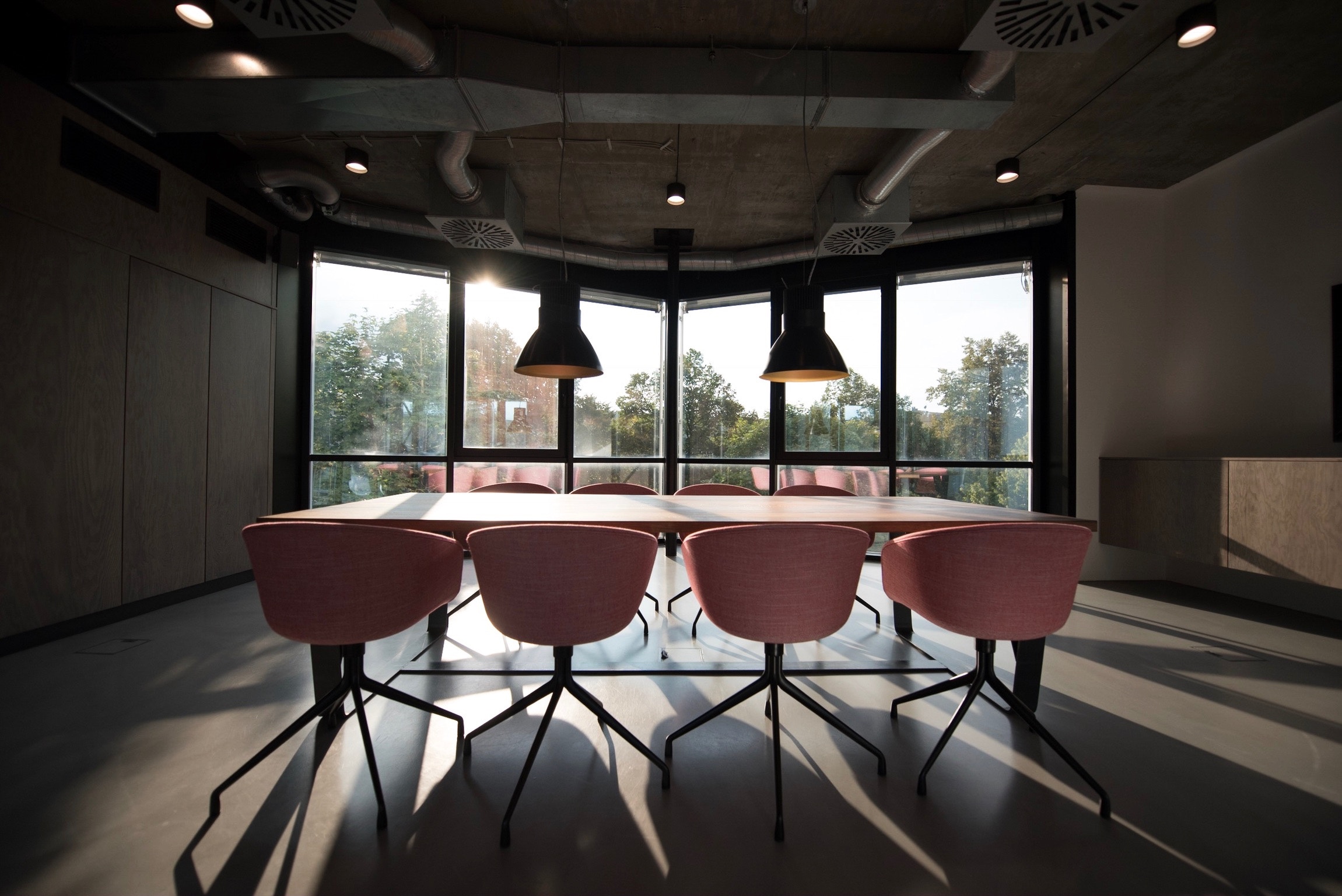
Workplaces in a variety of industries have seen substantial changes recently, all with the goal of enhancing effectiveness, output, and general employee pleasure. The introduction of technology, shifts in employee expectations, and the worldwide movement towards sustainability have all had a significant impact on how we operate. This essay will examine the positive changes occurring in workplaces across many industries. These adjustments improve the working environment for employees while also making organizations more resilient and competitive.
Sustainability: Going Green in All Industries
Positive transformations in workplaces in all industries are fueled by sustainability. Companies are realizing more and more how critical it is to minimize their environmental effect and implement sustainable practices. This covers everything, from cutting waste and carbon emissions to implementing more efficient supply chain processes. Businesses that practice sustainability not only help the environment but also frequently experience cost savings and an increase in consumer loyalty. Furthermore, companies that have a strong commitment to sustainability are sought after by workers, making it a crucial component in luring and keeping top personnel. Consequently, workplaces are becoming more environmentally conscious and greener, in line with the worldwide movement towards a more sustainable future.
Healthcare: Streamlining Operations with Telemedicine
One of the most revolutionary advances in the healthcare industry is the rise of telemedicine, which has significantly changed the way patient care is provided. Healthcare providers can now treat and discuss patients remotely thanks to telemedicine, which makes use of video conferencing and other communication tools. Patients living in rural or underserved areas now have better access to healthcare services, and the strain on physical medical facilities has decreased as a result. Reduced administrative work and more effective patient management also benefit healthcare providers, which eventually improves job satisfaction and improves patient outcomes. Telemedicine’s incorporation into healthcare systems has increased the sector’s flexibility and responsiveness to patient demands.
Manufacturing: Enhancing Machine Efficiency
The use of cutting-edge technologies has resulted in significant developments in the manufacturing sector in recent years. One noteworthy invention that has greatly enhanced working conditions and productivity is remote vibration monitoring. This system tracks the vibrations of large machines in real time using sensors and data analysis. This makes preventive maintenance possible, which lowers downtime and expensive repairs. Employees gain from a safer workplace since there is less chance of mishaps brought on by malfunctioning equipment. Employee job satisfaction has also grown as a result of the installation of distant vibration tracking since they can now operate in a more secure and predictable setting.
Tech Sector: Promoting Inclusivity and Diversity
Workplaces in the IT industry are improving as a result of a greater focus on diversity and inclusivity. Tech companies are realizing how important it is to have varied teams with members who have a variety of backgrounds and viewpoints. This change helps businesses better understand and serve a varied user base while also encouraging innovation. The prevalence of initiatives like diversity training, mentorship programs, and inclusive hiring practices is rising. Consequently, IT businesses are fostering more inclusive and encouraging work environments that enable individuals of various backgrounds to succeed. Employers gain from this shift as well because it improves their standing and ability to compete in the market.
Service Sector: Embracing Remote Work
The move to remote employment has revolutionized the service industry. This change was sped up by the COVID-19 epidemic, which made businesses adjust swiftly. As a result, a lot of companies have changed the way they handle work and now permit workers to work remotely, at least occasionally. Employers now have access to a wider pool of talent, and employees now enjoy a better work-life balance. Today’s businesses can draw on a worldwide and diversified workforce, which offers new insights and suggestions. Because fewer workers must commute every day, the shift to remote work also helps to reduce carbon emissions and pave the way for a more sustainable future.
In conclusion, the way workplaces have changed over time across a variety of industries is evidence of how innovative and flexible companies can be when faced with shifting consumer demands. These changes improve offices in terms of efficiency, competitiveness, and sustainability in addition to providing benefits to employees. Organizations must be receptive to new ideas and advancements as we go forward in order to guarantee that the workplace of the future is even better than it is now.


